Pompeii Archaeological Park: “a journey into the unknown”
Get a behind-the-scenes glimpse at the new discoveries made by scientists – and even watch while they work – at a once forgotten corner of the ancient city.
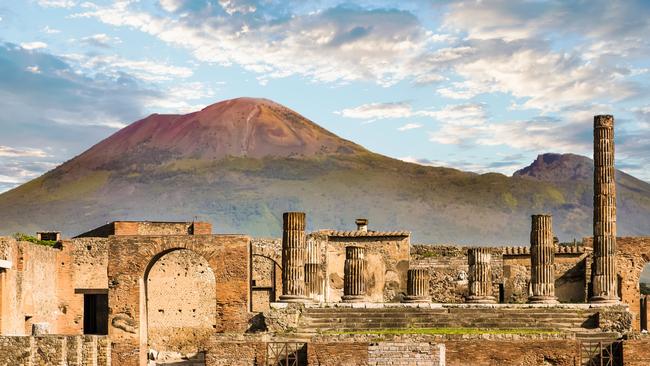
In a forgotten corner of Pompeii, archaeologists and other experts are working feverishly with their scalpels and other tools to remove layers of volcanic ash and stone that have covered the ancient city since the eruption of Mount Vesuvius in AD 79. Located southeast of Naples, Pompeii is one of Italy’s most popular tourist sites, attracting four million visitors last year. Yet about 22 hectares, or almost a third of the city, still lies buried beneath metres of soil, stone and ash.
Experts are stripping away the past in a previously untapped area, and visitors can now book a tour for a behind-the-scenes glimpse of the technicians as they work. Excavations began in an area known as Regio IX, one of Pompeii’s nine quarters, last year and a treasure trove of newly discovered architectural gems, objects and artworks is shedding new light on how the rich and poor lived at the height of the Roman Empire.
“It is a journey into the unknown,” says Gabriel Zuchtriegel, director-general of the Pompeii Archaeological Park.
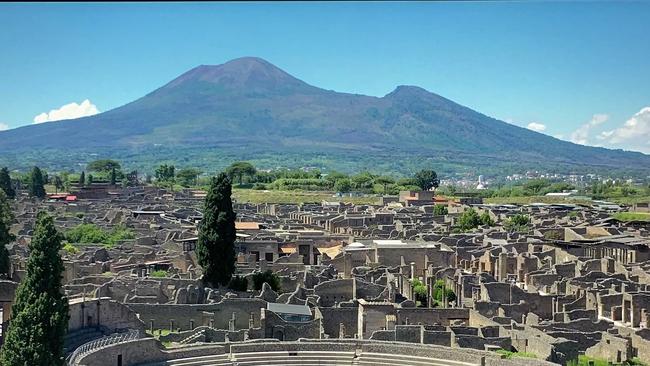
On a rainy day, Zuchtriegel invites the media to join him inside the atrium of what was once an elegant, two-storey villa with a private garden. The skeletal remains of two women and a young child who had sought refuge during the disaster were found nearby. “Through these excavations we are able to understand the whole city much better because today we have tools that were not available in the two and a half centuries of excavations in Pompeii,” says Zuchtriegel. “We can extract data from the houses and the frescoes that make the Pompeii we think we know appear in a different light.”
What makes the upscale villa particularly unusual is that it was undergoing renovations when the eruption devastated the city, meaning construction workers left their work behind. As archaeologists began to dig, they discovered piles of bricks and tiles as well as tools lined up waiting to be used.
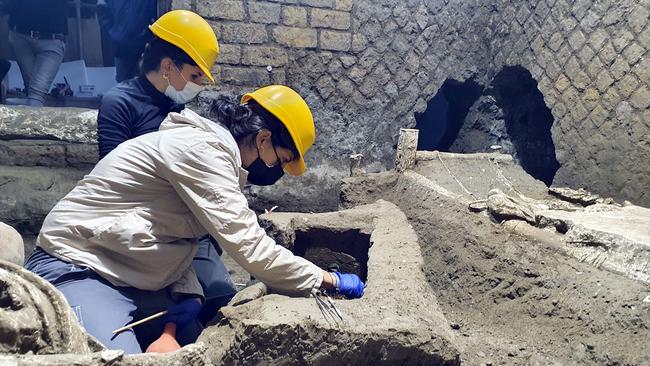
Raffaele Martinelli, who heads the project in Regio IX, points to original markings on the wall that kept track of brick deliveries. “Here they are trying to keep count of how much stuff they have brought in,” Martinelli says as he points to etchings in the wall. “This is a snapshot of the ancient world and that is what makes Pompeii unique, because we find things where they were left at the time of the eruption.
“We are accustomed to finding pieces of everyday life – the amphora, the plates, the cupboard with the glasses inside, kitchens with the pots on the stove – but it is the first time we have found a building site.”
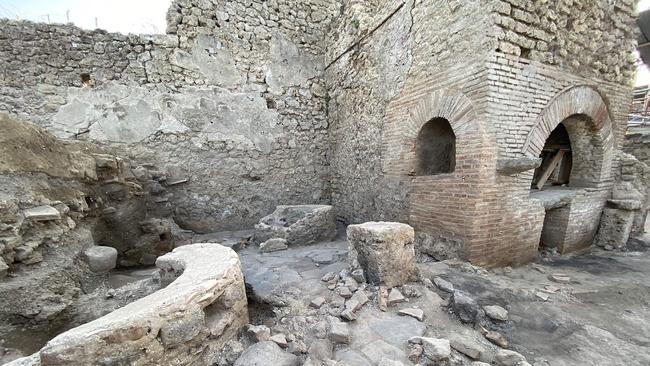
Colourful frescoes and decorative floors have also emerged in the villa. On one of the walls is a political slogan suggesting the location was used for political receptions to support the candidature of a wealthy man named Aulus Rustius Verus. No one is sure whether he actually lived at the villa or simply used the mansion to entertain potential voters. A spectacular fresco of a still life was hailed by the media as the world’s first “pizza” when it was discovered on one of the villa walls. It actually depicts a focaccia on a plate overflowing with fresh fruit and dates and was said to have been inspired by an ancient Greek tradition of gift-giving, perhaps as a hint to the invited guests.
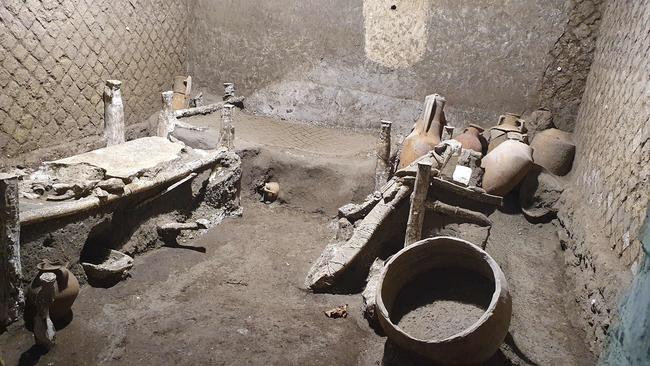
Martinelli heads a team of 28 archaeologists, restorers and other experts on the Regio IX dig. It is part of the Great Pompei Project, backed by the EU, which aims to resolve hydrological and conservation issues that have hampered excavations. The expert stresses how painstaking the work can be and the expertise required to protect every structure, object or fresco. “When you come across plaster, you need a particular professional rather than someone who digs, so the restorers come in,” he says. “I always say they work miracles because when their work is finished the frescoes look as if they have just come from the painter’s hands.”
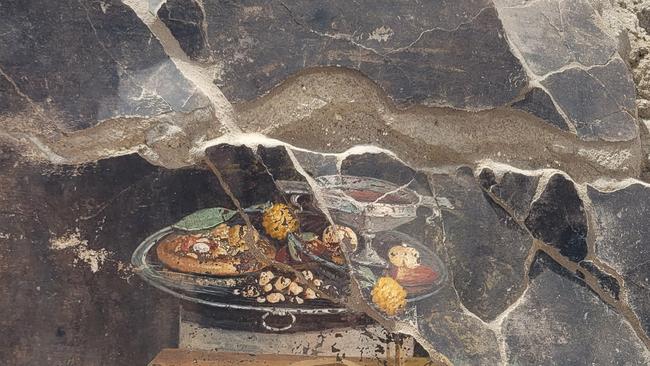
Art restorer Roberta Prisco has worked to recover the wall frescoes in the villa, including a striking image of two snakes in a small room used for ritual and sacrifice. She was thrilled to find “the intimate part of the house” where inhabitants prayed to the gods for protection and prosperity.
“The beautiful thing is we managed to find something that had not been found … that is the magic of Pompeii,” says Prisco.
British archaeologist Sophie Hay has been coming to Pompeii for 20 years and is now a member of the park’s communications team. She says tourists will be amazed if they take a closer look at the excavations. “It is really exciting to see a fresco slowly being revealed, with all the volcanic material and the pumice stones brushed away … the dig in Regio IX is jaw-dropping.”
In the know
There are multiple tours available in the Archaeological Park of Pompeii. The 45-minute tour of Regio IX is available Monday-Friday, 11am in English and Italian (maximum 15 people). Bookings only by phone: +39 327 271 6666. General tickets to the park are essential for tour participants; adults €22 ($36). A raised walkway enables visitors to see archaeologists at work in another area of Regio IX known as the House of the Chaste Lovers. It is open to the public, with no reservation required, from 10.30am to 6pm.
If you love to travel, sign up to our free weekly Travel + Luxury newsletter here.

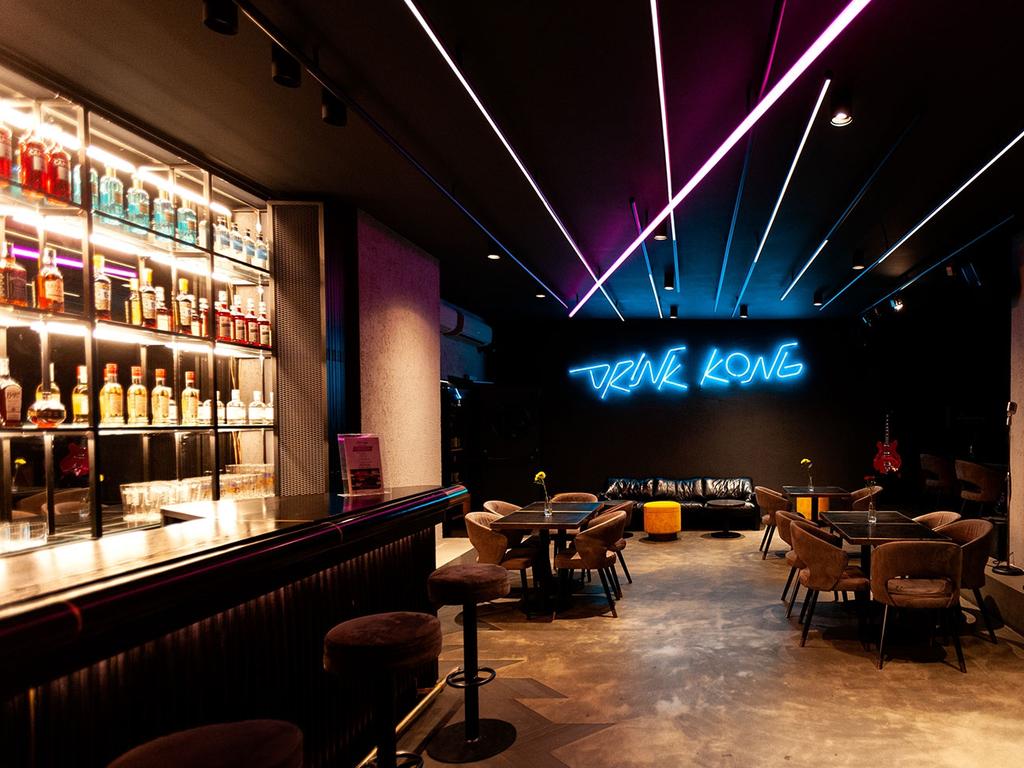
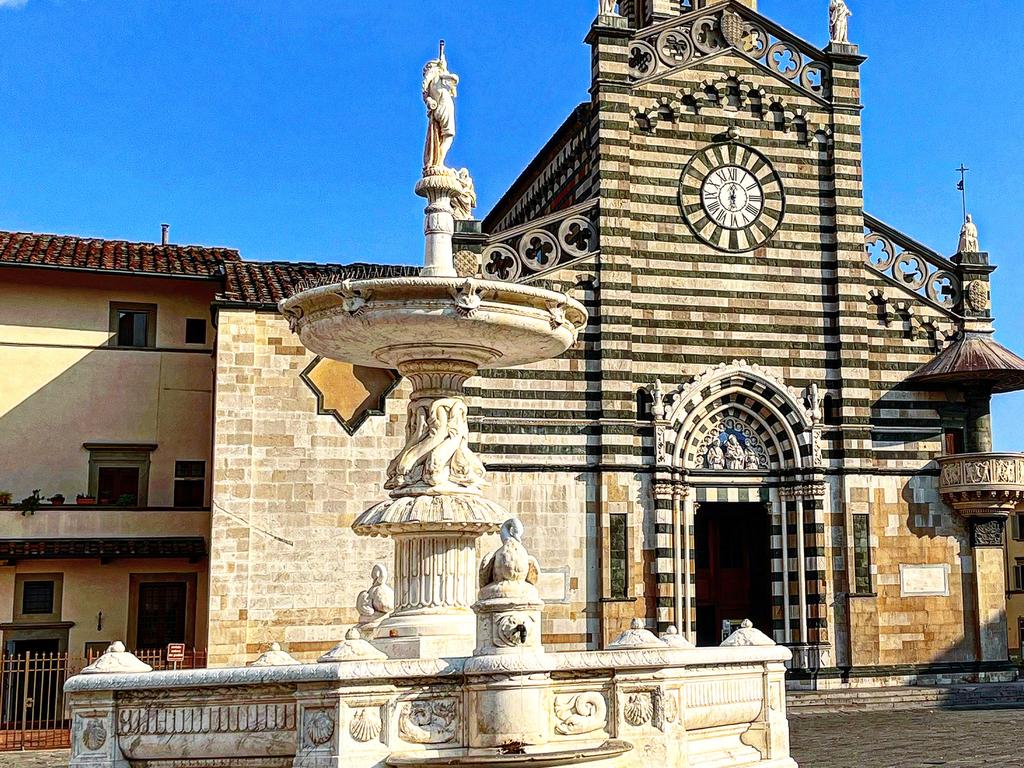

To join the conversation, please log in. Don't have an account? Register
Join the conversation, you are commenting as Logout